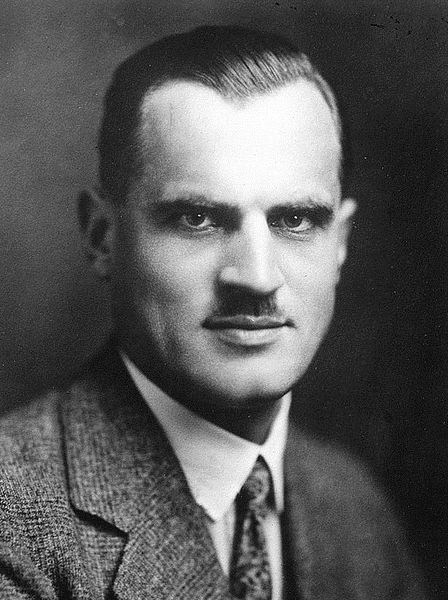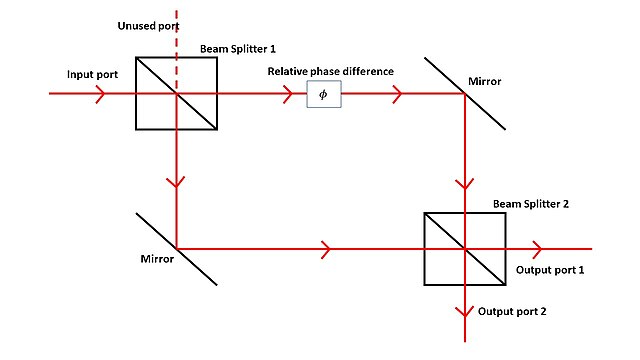Arthur Holly Compton was an American physicist who won the Nobel Prize in Physics in 1927 for his 1923 discovery of the Compton effect, which demonstrated the particle nature of electromagnetic radiation. It was a sensational discovery at the time: the wave nature of light had been well-demonstrated, but the idea that light had both wave and particle properties was not easily accepted. He is also known for his leadership over the Metallurgical Laboratory at the University of Chicago during the Manhattan Project, and served as chancellor of Washington University in St. Louis from 1945 to 1953.
Compton in 1927
Compton and Werner Heisenberg in 1929 in Chicago
Compton on the cover of Time magazine on January 13, 1936, holding his cosmic ray detector
Compton at the University of Chicago in 1933 with graduate student Luis Alvarez next to his cosmic ray telescope.
Wave–particle duality is the concept in quantum mechanics that quantum entities exhibit particle or wave properties according to the experimental circumstances. It expresses the inability of the classical concepts such as particle or wave to fully describe the behavior of quantum objects. During the 19th and early 20th centuries, light was found to behave as a wave, and then later discovered to have a particulate character, whereas electrons were found to act as particles, and then later discovered to have wavelike aspects. The concept of duality arose to name these contradictions.
Left half: schematic setup for electron double-slit experiment with masking; inset micrographs of slits and mask; Right half: results for slit 1, slit 2 and both slits open.
Interferometer schematic diagram






